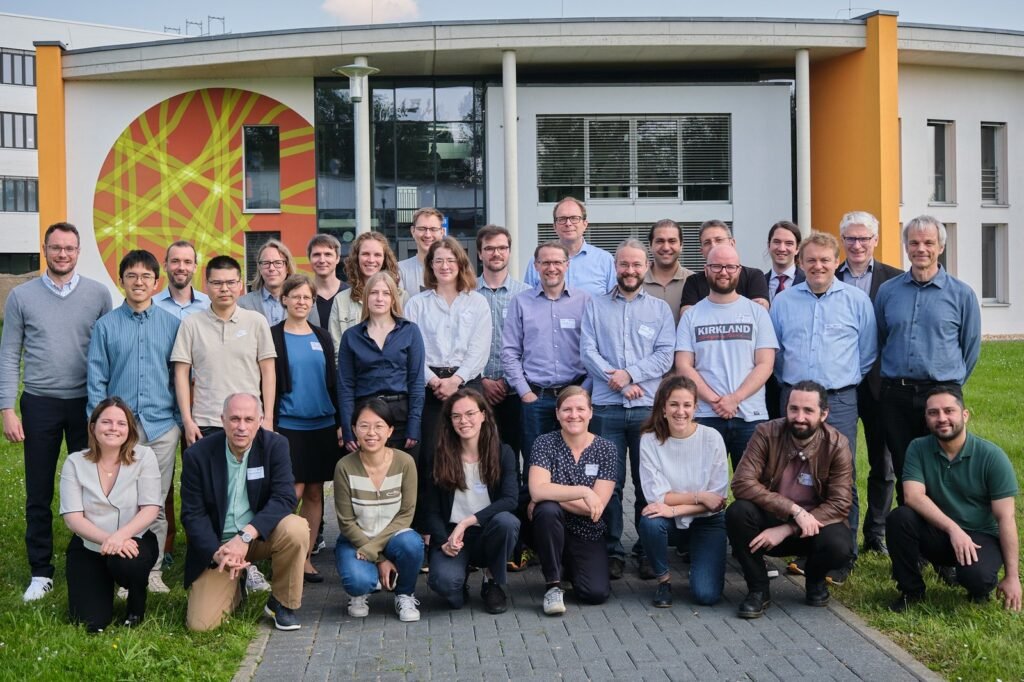
Following the project’s launch in December and the first official meeting in January, our partners were thrilled to meet again last week to review the progress in identifying knowledge gaps, modeling porous structures, and evaluating electrode properties as part of the project.
After a brief presentation of the Helmholtz-Gemeinschaft / Helmholtz Association, our consortium focused on the primary knowledge gap to be addressed: understanding the interactions within the system of ionomer, catalyst, and support. This understanding is essential for determining how these interactions influence the local reaction environment (LRE), the real rate laws at the electrolyte-electrocatalyst interfaces, and the distribution of reaction rates (DRR) in composite catalyst layers, particularly for technologically relevant reactions and conditions.
In July, our project will begin work on integrated characterization and modeling toolkits as part of our second Work Package (WP2). WP2 will create a correlative workflow to connect knowledge from WP1 on local reaction environments, distribution of reaction rates, and electrode media properties with device metrics, using an ML-based algorithm for optimal descriptor identification. This effort will harmonize lab testing practices, integrate multiscale and multimodal characterization capabilities, and provide tools for assessing relationships among structure, properties, activity, and stability using advanced in situ and operando techniques.
